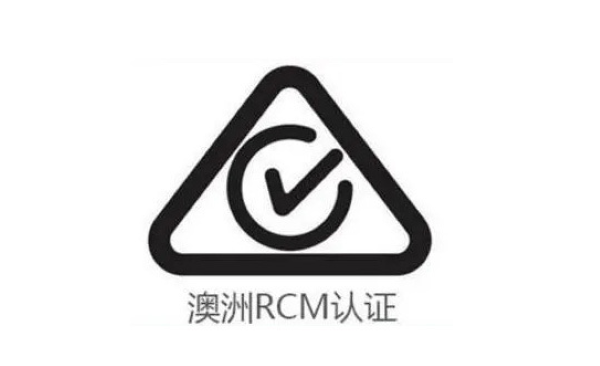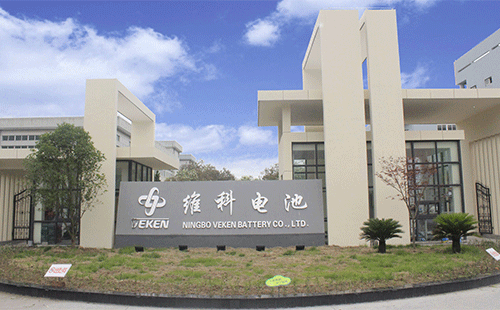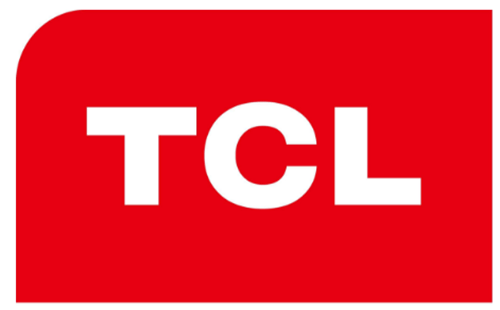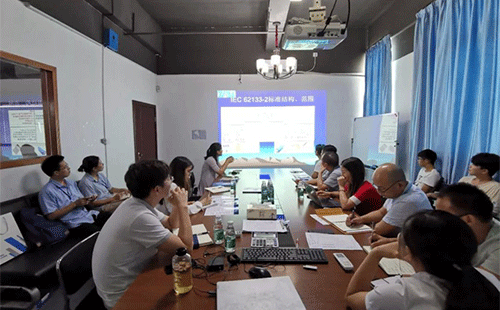On July 17th, 2023, the European Union published the amendment regulation (EU) 2023/1464 on the restrictions of REACH in its official gazette, and added the restrictions on formaldehyde and formaldehyde-releasing substances in Article 77 in the restrictions (Annex XVII of REACH). This clause will take effect on the 20th day after the publication of the official bulletin of the European Union.
Item 77 is added as follows:
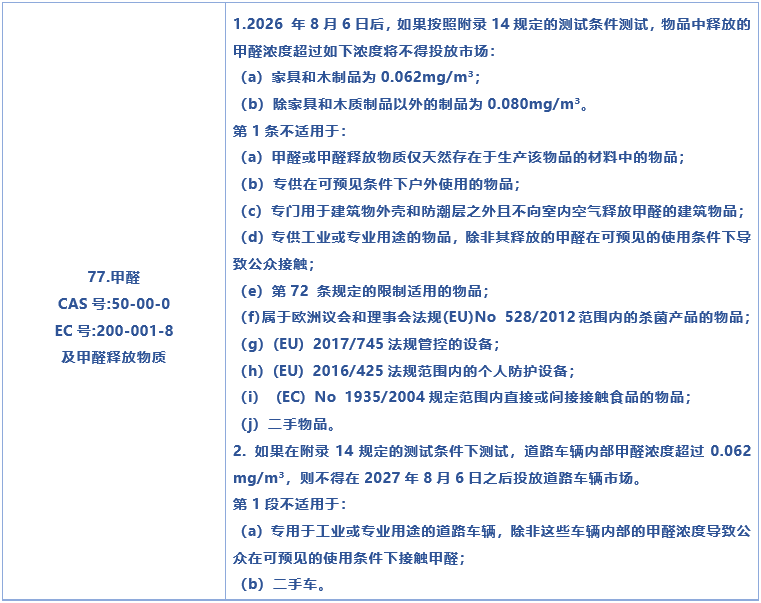
Add Appendix 14
1. Measurement of formaldehyde released into indoor air by the articles mentioned in Item 1, Paragraph 1 of Article 77.
The formaldehyde released by the articles mentioned in Article 77, paragraph 1, item 1 shall be measured in the air of the test chamber under the following cumulative reference conditions:
(a) The temperature in the test chamber shall be (23 0.5)℃;
(b) The relative humidity in the test chamber shall be (45 3)%;
(c) The load factor, expressed as the ratio of the total surface area of the specimen to the volume of the test chamber, shall be (1 0.02) m2/m3. The load factor is suitable for testing wood-based panels. For other materials or products, if the load factor is obviously unrealistic under the foreseeable use conditions, the load factor in accordance with section 4.2.2 of EN 16516 can be used;
(d) The air exchange rate in the test chamber shall be (1 0,05) h-1;
(e) An appropriate analytical procedure should be used to measure the concentration of formaldehyde in the test chamber;
(f) Appropriate sample sampling methods shall be used;
(g) During the whole test period, the formaldehyde concentration in the air of the test chamber shall be measured at least twice a day, and the time interval between two consecutive samples shall be at least 3 hours; The measurement should be repeated until there is enough data to determine the steady-state concentration;
(h) The test time shall be long enough to determine the steady-state concentration, but it shall not exceed 28 days;
(i) The steady-state concentration of formaldehyde measured in the test chamber shall be used to check whether the formaldehyde emission limit of the articles mentioned in Article 77, paragraph 1, item 1 is met.
If the data obtained by using the test method of the above-mentioned reference conditions are not available or suitable for measuring the formaldehyde emission of specific articles, the data obtained by using the test method of non-reference conditions can be used, but the results of the test method used must have a scientific and effective correlation with the reference conditions.
2. Measurement of formaldehyde concentration in vehicles mentioned in Item 1, Paragraph 2 of Article 77.
For road vehicles, including trucks and buses, the formaldehyde concentration shall be measured in environmental mode according to the conditions specified in ISO 12219-1 or ISO 12219-10, and the measured concentration shall be used to verify whether the limit mentioned in Item 1, Paragraph 2 of Article 77 is met.
About formaldehyde
Formaldehyde, also known as ant aldehyde, is a colorless gas with a strong pungent smell at room temperature. Formaldehyde belongs to Class ι carcinogen in the list of carcinogens published by the International Agency for Research on Cancer (IARC) of the World Health Organization (WHO). When it reaches the concentration threshold, it will irritate the respiratory tract and cause carcinogenicity to cells under the cumulative effect of a certain concentration.
Application field of formaldehyde
Formaldehyde is a high-yield chemical with a wide range of uses. Usually, formaldehyde is used as a chemical intermediate in the production of formaldehyde resin, thermoplastics or other chemicals, and it will be used to produce various items, such as furniture, floors, wallpaper, foam, automobiles, textiles and leather products, etc., so it will release formaldehyde.
Warm tips
Formaldehyde is a kind of high-yield and widely used chemical, which may be contained in building materials, plastic products, textiles and other products. The new formaldehyde control requirements in the REACH restriction article will have an impact on many industries. ZRLK suggests relevant enterprises to raise their risk awareness of products, pay close attention to the update trends of REACH regulations in time, and adjust production strategies to ensure that products containing restricted substances are exported in line with the latest regulatory requirements and avoid trade risks. Our company has a professional technical team and rich experience in product testing, which can help you easily understand whether the products are safe and compliant. If you need it, please feel free to contact us, and our engineers will serve you at the first time!




